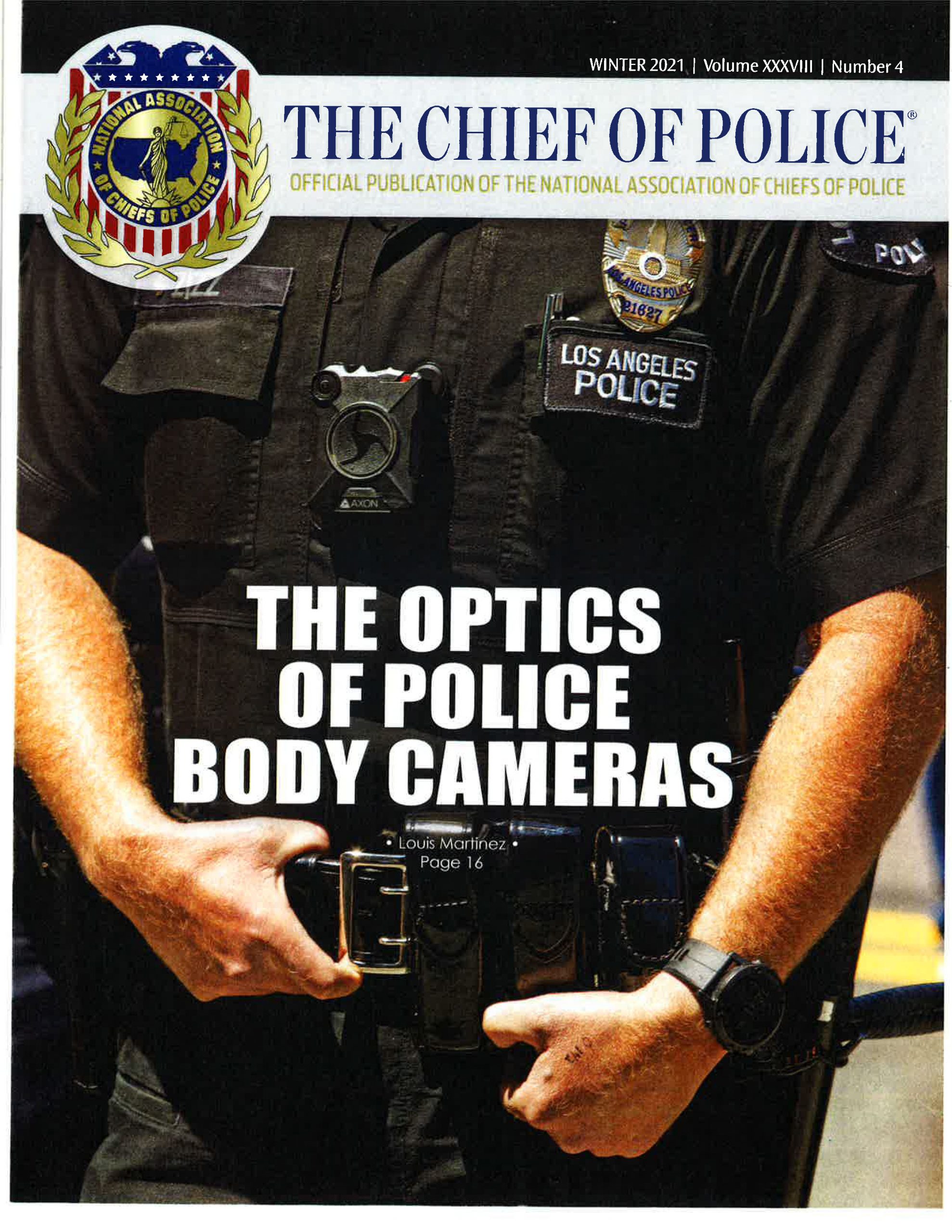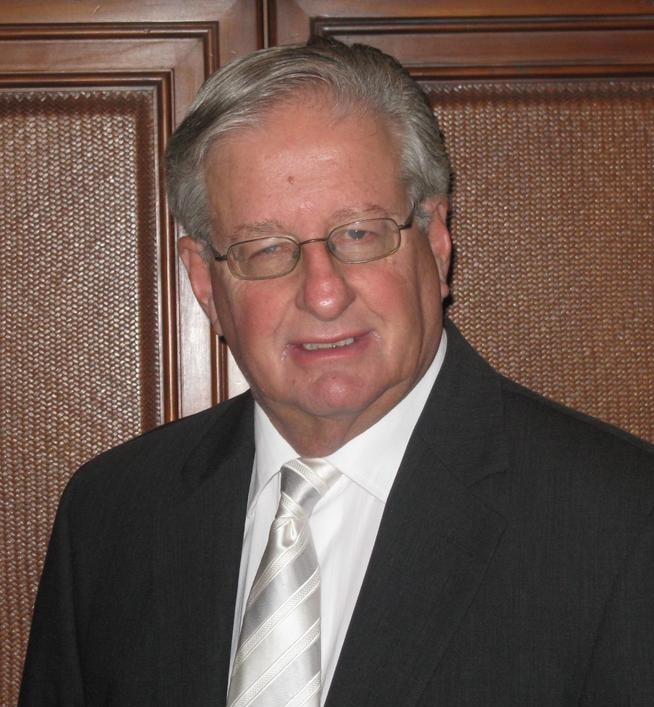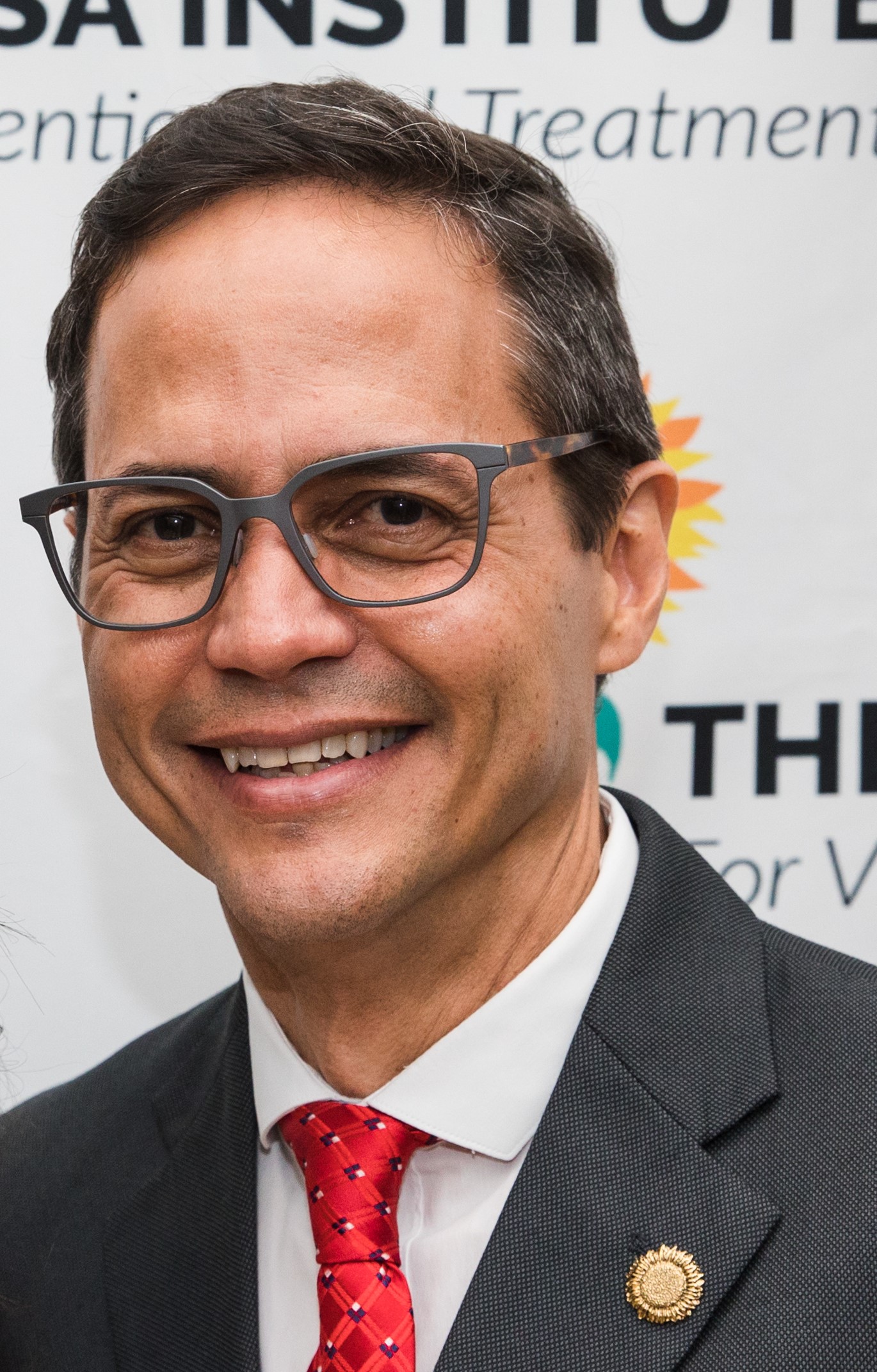Know Your Anger and Be an Active Bystander
The Melissa Institute Violence Prevention Online Course
October 1, 2020
Preventing Tomorrow’s Criminals: A Comprehensive Children’s Mental Health & Crime Prevention Framework
December 31, 2020Know Your Anger and Be an Active Bystander
Don Meichenbaum, Ph.D., Research Director
Etiony Aldarondo, Ph.D., Executive Director

Recent use of lethal violence by police with George Floyd in Minneapolis and Breonna Taylor in Louisville, as well as other such incidents, highlights the need to better understand and help reduce the occurrence of violence in police activities. Whether you view such incidents as acts of self-defense, unwanted accidents or police misconduct, the challenge is how to prevent and defuse volatile situations and prevent them from escalating into potentially harmful and injurious actions for all involved.
The Melissa Institute for Violence Prevention and Treatment in Miami has created the Know Your Anger and Be an Active Bystander Course designed to reduce the likelihood of provocative angry situations escalating to the point of rage and violence. The program teaches police officers how anger affects their brain functioning and decision making processes and provides them with proven cognitive and behavioral strategies and tools to prevent the type of emotional reactions that can lead to harmful acts of aggression and violence.
After familiarizing police officers with the science and triggers of their anger, the course focuses on the use of active bystander SNAP (STOP NOW AND PLAN) skills before reacting when facing perceived provocations. Police officers are taught to use effective communication tactics to pause, calm down, stop and reflect on what actions to take.
Dr. Ervin Staub, a pioneer in the use with active bystander interventions with the police, has demonstrated that when such an approach is adopted, endorsed and deliberately practiced from the "top down" throughout a police department, it is an effective tool to defuse violent police actions. The use of bystander interventions reflects a police department’s commitment and loyalty to fellow officers to keep themselves and others safe, prevent violence, promote trust in the community, and perform their duties at the highest levels. The adoption of active bystander intervention strategies has the potential of significantly strengthening both the police culture and the police department’s relationships to the communities they serve.
The course involves teaching police officers what to say and what to do with their fellow officers in provocative and potentially violent situations in order to reduce the likelihood of escalating violence, injury and perhaps, even deaths. The goal of the course is to have all police officers involved view provocations as "problems-to-be-solved" rather than as personal threats warranting violent reactions.
Our anger and active bystander course relies on four key features to ensure that police officers do not have the lower part of the brain, the Amygdala and related areas, which is heavily involved in emotional experiences, "hijack" the executive part of the brain (i.e., prefrontal cortex and hypothalamus and related areas) that oversees and regulates behavior. When a fellow officer is becoming enraged a timely bystander intervention can act as a supportive prosthetic "surrogate frontal lobe", defusing the intensity of the emotions and creating the conditions for more planful courses of action to emerge.
The first feature of the course is for officers to be vigilant and act as "detectives" identifying both in themselves, as well as in their fellow officers, the potential for escalating violence. The anger and active bystander program calls upon the officer to adopt a mindset of "goal-plan-do-check". Is there a way for officers to achieve their goals in a nonviolent way, when feasible? Are there safer ways to act in the heat of the moment for the officer, her fellow officers, and the suspects involved?
The second key feature is for the officer to be able to say or do something that signals fellow officers that they should SNAP (STOP NOW AND PLAN) and interrupt what they are doing in order to keep everyone safe. These prearranged and practiced communication signals could actually involve snapping one's fingers, or the use of some agreed upon code words. For example, some officers may accompany the snapping of their fingers with the code word "Amygdala." The Institute’s course invites police officers to imagine what would happen if someone were to post the police officer's behavior on Facebook. Along those lines then words like "Facebook, Facebook" could also be used as signals to SNAP. No matter what form of signal communication is employed, the object is to encourage fellow officers to STOP NOW AND PLAN.
The third feature of our active bystander course is the officers’ belief and expectation that their fellow officers would come to their "rescue" if they were in a provocative potentially violent situation. Moreover, they also need to have the assurance that their bystander intervention would be accepted, if not praised by their fellow officers and their superiors. Peer support and affirmation of an active bystander philosophy are important determinants of an individual officer’s choice to intentionally defuse potentially volatile situations.
Finally, the course includes an "after event analysis" or group debriefing of what transpired, what worked, and what could have been improved on how to handle future provocative situations in a less reactive, less violent, and more planful manner. For group trainings the course includes discussions of alternative non-violent ways that other violent police actions could have been handled; the ways that bystander communication signal system could have been employed; and deliberate practice with feedback could be practiced in order to support each other. Research in learning and the acquisition behavioral skills makes it clear that this form of reflection is crucial for the increased use and sustainability of new behaviors over time.
The Know Your Anger and Be an Active Bystander Course does not preclude the necessary police actions required when perceived immediate safety issues are present, but in those provocative potentially violent situations that arise where police feel threatened and where individuals are being repeatedly non-compliant and intentionally disrespectful of police, there is a need for police to stop and plan how to act and rather than quickly opting for the use of physical force in reaction to the provocation. As we navigate through a climate of increased polarization and social unrest, knowing how to defuse volatile situations and SNAP (STOP NOW AND PLAN) ought to be part of every police officer’s toolbox.
Access the course here:https://melissainstitute.org/wp-content/uploads/2020/12/Know-your-Anger-and-Be-an-Active-Bystander-Course1.pdf.
About the Author: Don Meichenbaum, Ph.D. & Etiony Aldarondo, Ph.D.

Research Director of The Melissa Institute
He has served as Distinguished Visiting Professor at the School of Education at the University of Miami. He is one of the founders of cognitive behavior therapy. North American clinicians voted Dr. Meichenbaum “one of the 10 most influential psychotherapists of the 20th century.” He has presented in all 50 United States and internationally. He has published extensively and his most recent book is Roadmap to Resilience: A Guide for Military, Trauma Victims and Their Families. Other books include Treatment of Individuals with Anger-control Problems and Aggressive Behavior, Treating Adults with Posttraumatic Stress Disorder, Nurturing Independent Learners and Stress Inoculation Training.

Executive Director of The Melissa Institute for Violence Prevention
He is a clinical psychologist with over 25 years of experience in domestic violence research and advocacy, mental health services, community partnerships, and higher education administration. His academic trajectory includes appointments in the Family Violence Research Program at the University of New Hampshire, Harvard Medical School’s Cambridge Hospital, The Philadelphia Child Guidance Clinic, Boston College, the University of Miami (UM), and Albizu University. The recipient of various recognitions for educational excellence and community involvement, Dr. Aldarondo’s scholarship focuses on positive development of ethnic minority and immigrant youth, domestic violence, and social justice-oriented clinical practices. His publications include the books Advancing Social Justice through Clinical Practice (Routledge), Programs for men who batter: Intervention and prevention strategies in a diverse society (Civic Research Institute with Fernando Mederos, Ed.D.), and Neurosciences, Health and Community Well-Being (San Luís, Nueva Editorial Universitaria with Dr. Enrique Saforcada and Mauro Muñoz). Dr. Aldarondo has a long history of involvement with grassroots advocacy organizations. He was Founding Executive Director of the National Latino Alliance for the Elimination of Domestic Violence as well as Founding Director of the Community and Educational Well-Being Research Center at UM. He is Past Executive Director of The Council on Contemporary Families and is on the board of directors for Casa de Esperanza and The National Resource Center on Domestic Violence.
